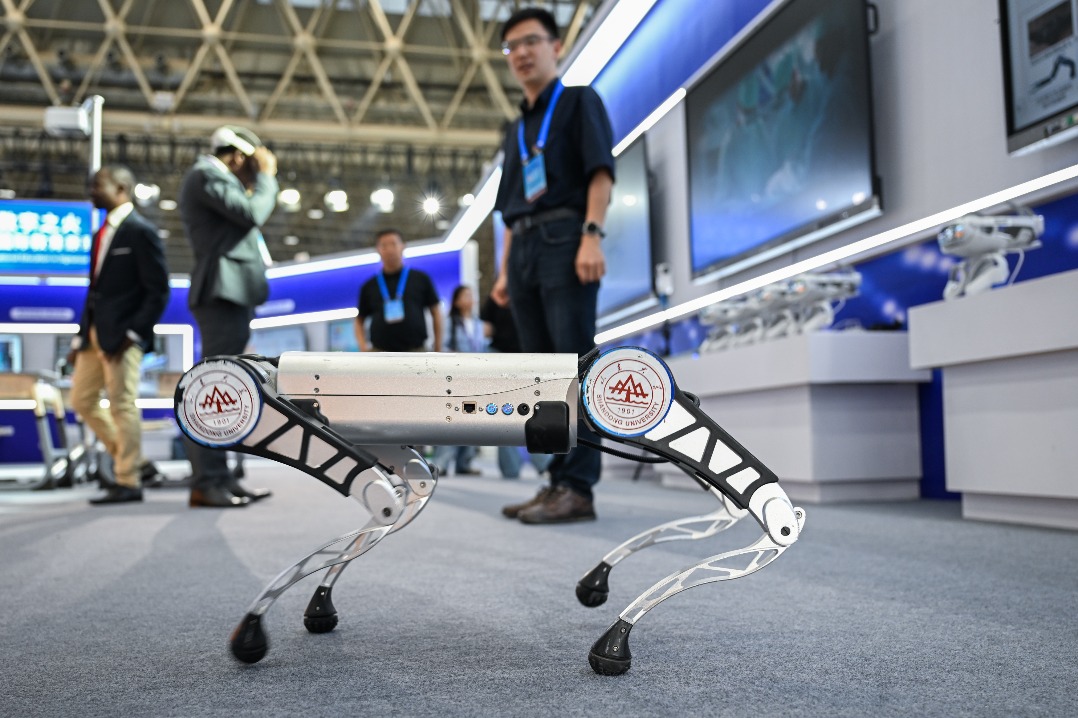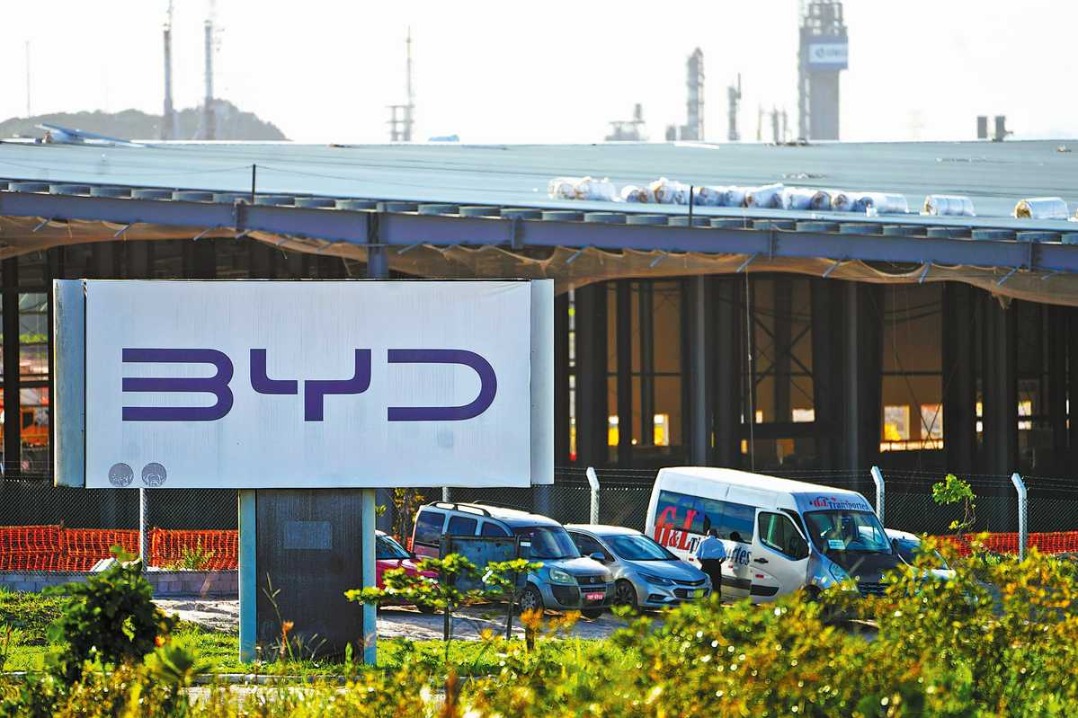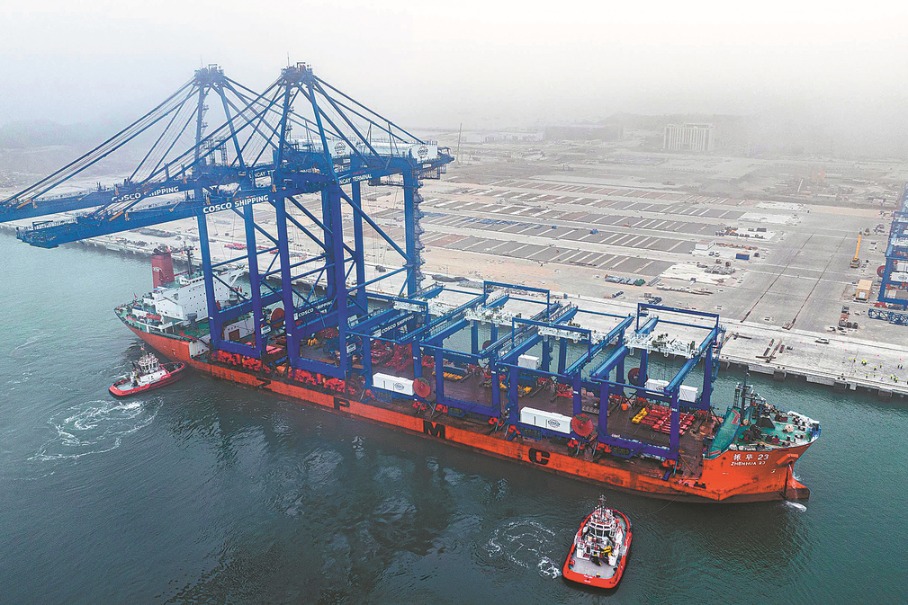Country deeply rooted in global trade system


For a period of time this year, China's export growth rate declined. This should be viewed rationally. It was related to the high base of last year. Data show that the excess inventory during the COVID-19 pandemic has been gradually digested, and the electronics cycle in the Western market has begun to bottom out.
In November this year, the value of China's imports and exports was $515.47 billion, the same as November of last year. But exports were up by 0.5 percent, while imports were down by 0.6 percent, and China's trade surplus increased by 4 percent to $68.39 billion. This is the second month the value of imports and exports has recorded positive month-on-month growth. It is also the first time since April this year that exports have achieved year-on-year growth, and the data also show a month-on-month growth in exports to the United States.
As the West continues to destock and the global electronics industry emerges from its cyclical trough, China's exports will continue to rebound. However, this does not mean that US demand will rebound significantly, because the Federal Reserve's interest rate is still at a high level and the inflationary pressure in the US has not yet been relieved.
Nonetheless, China's trading partners are now more diversified and it is no longer overly dependent on the markets of developed countries. For example, the Association of Southeast Asian Nations has become China's largest trading partner, and its exports and imports to and from countries taking part in the Belt and Road Initiative have continued to grow at a high rate. This has also reduced China's risk of overreliance on a single market.
In addition, the structure of China's export commodities continues to be optimized. Mechanical and electrical products account for about 60 percent of China's exports. Exports of new energy vehicles, lithium batteries and photovoltaic products have grown rapidly, and automobile exports have increased significantly as well. The imports and exports of private enterprises increased by 6.1 percent in the first 11 months of this year, accounting for 53.3 percent of China's total foreign trade value, an increase of 3.1 percentage points over the same period last year. It can be seen that the competitiveness of China's industrial system continues to increase. The country is difficult to replace in the global industry and supply chains.
The government needs to create better conditions for more companies to go out and invest abroad, so that China's economy will be more deeply rooted in the global system.


































